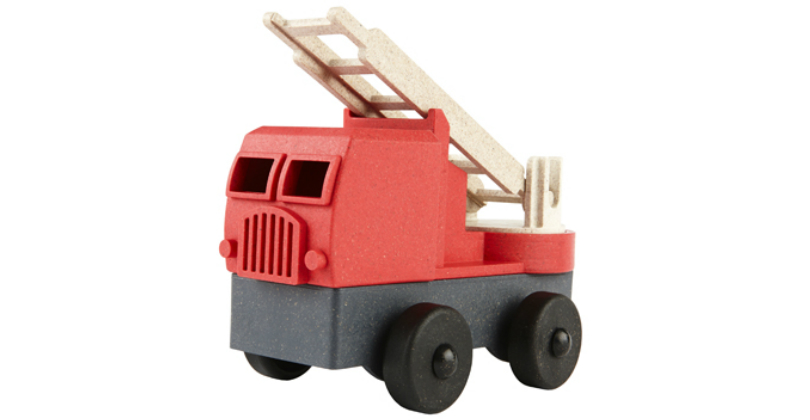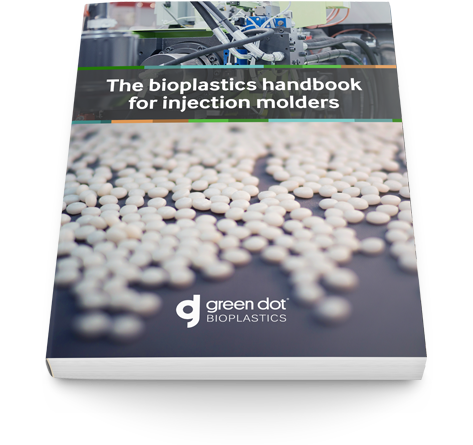The versatility of wood-plastic composite plastics
Decking may have played the first prominent role for wood-plastic composites, but the versatility of these hybrid formulations goes far beyond the back patio. These composite materials are an effective stand-in for a wide range of products.
Wood-plastic composites are compatible with most plastic processing tooling and are far more efficient to produce when compared to traditional woodworking. Most machinery capable of molding conventional plastics can also be used to mold wood-plastic composites. Colors can be embedded in the plastic itself, removing the need to paint finished products. This eliminates toxicity concerns that may otherwise come with toys designed for infants or pets.

Luke’s Toys are eco-friendly and made in America. They are intended for the 3+ age group, teach problem-solving and eye-hand coordination. And they are fun!
Wood-plastic composite versatility is limited only by our imaginations. Recently, a large toy manufacturer investigated prospects for improving their margins on a popular classic toy. They selected a wood-plastic composite alternative. The company began injection molding a wood-plastic composite instead of shaping wooden pieces, bypassing one of the most expensive steps in their manufacturing process. Also, because color could be added during the molding process, the parts did not need to be painted. This eliminated the concerns of peeling or chipping paint.
When a world-renowned designer sought to make a chair from repurposed waste materials, he turned to a wood-plastic composite made with recycled plastic. From this, he created beautiful, high quality furniture from materials that would otherwise have been discarded.
An international pet products company turned to a wood-plastic composite to create a pet toy that combined the pleasing smell of wood with the safety and durability of plastic. Dogs loved the smell of wood and their owners appreciated a safer toy that would not splinter and even floated.
And, when a leading lawn and garden company wanted to make a more natural garden edging border as an alternative to traditional plastic edging, they found that wood-plastic composites provided a solution that was cost-competitive, looked better and lasted longer.
Wood-plastic composites are the fastest growing plastic additive. New uses for wood-based composites are constantly being realized. From car speakers and interiors to home furniture and kitchen accessories, these hybrid materials are providing sustainability, longevity and cost savings in new consumer sectors every day. They will almost certainly continue to emerge as solutions to new product development challenges for the foreseeable future.
For more on the basics of wood-plastic composite versatility and their potential for a huge range of industries, download our white paper on the subject through the link below.

The bioplastics handbook for injection molders
Get a straightforward discussion of processing best practices for bioplastics.


